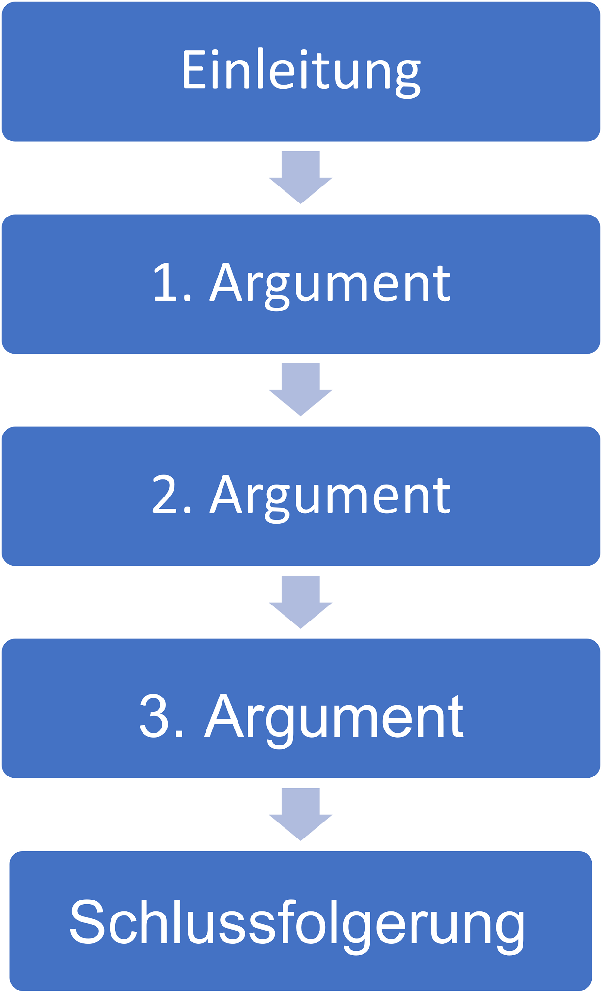The 5-Sentence Technique
Achieve the perfect speech in 5 steps
The 5-Sentence Technique
The 5-Sentence Technique is a method in rhetoric. It helps you prepare effectively for a speech or presentation. The goal of a speech is to convince the audience of your message. Therefore, it's important to focus on the most impactful points.
Preparing the Speech
The 5-Sentence Technique can also be used for structuring. Prepare your speech in 5 steps:
- document the arguments
- structure the speech
- craft the language
- practice the speech
- deliver the speech
1. Document the Arguments
To give a convincing speech, find the right arguments. Personal experiences, stories, vivid examples, and public life factors work best.
2. Structure the Speech
A good speech needs a clear structure. Start with an introduction, then the main part, and finally the conclusion. The 5-Sentence Technique can be applied here too.
How this looks is described further down in the post.
3. Craft the Language
Short and clear sentences are a must for a successful speech. Use rhetorical devices, but don't overdo it. The speech should sound smooth and understandable to the audience.
4. Practice the Speech
Try to deliver the speech as freely as possible. Aim to memorize it.
5. Deliver the Speech
Deliver the speech smoothly. Try not to rely too much on notes. Audiences follow a speech delivered openly, smoothly, and with lots of eye contact more enthusiastically. An open posture and free delivery prevent audience boredom.
Structure
The structure of a speech depends on the "type" of speech.
Statement
The structure of a statement follows this order:
- Introduce the topic
- First argument
- Second argument
- Third argument
- Conclusion
Example:
- "shorter blog posts are better than longer ones."
- "short and impactful sentences"
- "key points are easier to remember"
- "less time needed for writing and reading"
- "effectiveness"

Pro and Con Discussions
For pro and con discussions, the structure might look like this:
- Describe the problem
- Present the pro arguments
- Explain the con arguments
- Draw a conclusion
- Make an appeal
Example:
- "Speed limit on German highways"
- "fewer serious accidents"
"less pollution"
"less noise pollution"
"less road wear" - "enjoyment of fast driving"
"reaching the destination faster" - "Those who value safety and fewer accidents should support a speed limit."
- "The speed limit for German highways should be implemented!"
Persuasive Speech
This type aims to convince the audience of you and your speech. The structure should be:
- Explain the topic
- Present the arguments
- Justify the arguments and topic
- Highlight benefits
- Make an appeal
Example:
- "Coffee right after waking up is counterproductive"
- "Coffee causes restlessness in the body"
- "Release of cortisol hormone, coffee amplifies inner restlessness due to caffeine"
- "The first coffee should be about 3 hours after waking, as cortisol is reduced and caffeine keeps you awake"
- "No coffee right after waking up!"
Conclusion
The 5-Sentence Technique is suitable for any situation where you want to convince others of yourself or a topic. It can be used in both professional and personal settings. Preparing with the 5-Sentence Technique ensures your message resonates better with your audience. A confident and convincing demeanor is another positive outcome of this method.
